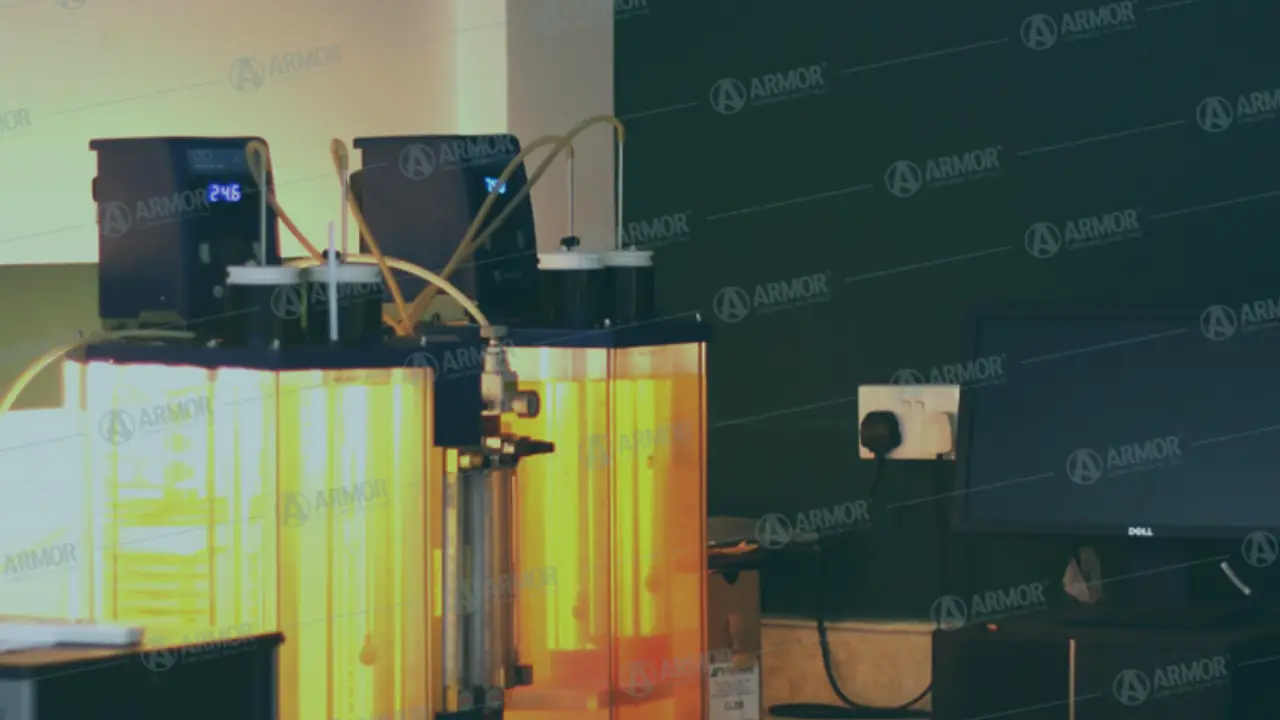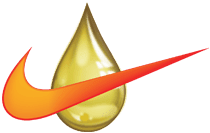- Armor Blog
- Technical
- Lubricant Testing for Screening Performance and Selection
Evaluation and Lubricant Testing

Have you ever been to the doctor and requested a blood test? Blood tests can reveal much more about your fitness than other tests; therefore, doctors typically conduct that. Similarly, oil or grease evaluation and lubricant testing can reveal a lot about the condition of types of machinery such as engines, compressors, turbines, gearboxes, pumps, and any other operation in which lubricants are being used to minimize friction.
Why does lubricant quality matter?
Lubricants are made to maximize operating effectiveness, eliminate unnecessary delays, and boost efficiency. Although lubricant is very efficient at eliminating friction, problems with the quality might undermine these objectives. Because of this, lubricant producers do extensive quality testing throughout the purifying and mixing procedures.
3 Major Types of Lubricant Testing
- Lubricant Ingredients: Determining the lubricant’s current physical and chemical state and determining its remaining useful life are the major goals of this type of examination.
- Contamination: We can find harmful pollutants by doing lubricant contamination analysis, and by determining their likely origins (internal or external), we can pin-point the likely reason for mechanical failure.
- Wear Debris: This type of examination focuses on locating and identifying particles generated as a result of mechanical damage, rust, or other machinery surface deterioration.
Why is lubricant testing necessary?
Since lubrication is essential to equipment, if something odd occurs in the system, it will manifest itself in the lubricant, and a thorough lubricant evaluation can identify the problem. Factors like the concentration of lubricating additives, contaminants, wear particles, and viscosity of lubricants.
To avoid any mechanical issues or sudden premature failure, lubricant examination might be a regular task. Taking a sample of grease or oil from the machine and sending it to the lab for testing is the simplest technique and first step to doing lubricant analysis.
To obtain information quickly, lubricant testing detectors can now be put directly on the types of machinery. Whenever an unexpected situation or variable is discovered by the study of lubricants like oils and grease, prompt action is necessary to find the underlying cause or stop a failing process from progressing.
What is the process for the quality test of lubricants?
Testing for lube conditions employs a range of techniques:
- A Practical test: The entire original unit is put through testing in settings that replicate real use.
- Bench test: Under repeatable test conditions that mimic real-world use, the original unit functions in the lab.
- Component/sub-component test: Inside the labs, elements from the original machine are used under controlled settings that reflect real-world usage.
- Model test with scaled components/sub-components: Elements that have been scaled down are evaluated in labs under specific guidelines in accordance with the reduced size.
- Model test with most simple test specimens: Simple geometrical test samples will be tested in a lab setting under flexible and simplified conditions.
What qualities define an excellent lubricant?
Not all lubricants are created equal, much like the reliability and performance of various oil types vary. While many lubricants have varied qualities, an elevated lubricant may typically have the following qualities:
- The heating value would be high
- Tolerance to extreme temperatures
- Lower freezing point
- An elevated viscosity index
- Thermal stability
- Hydraulic stability
- Water releasing ability.
Final Thought
In the process of approving a lubricant, correct utilization of lubricant screening tests might be extremely important. Recognizing inappropriate lubricants and excluding needless safety tests can save a significant amount of time and money. one can be able to discover practically all of the lubrication issues related to the actual engine bearings using the screening tests. Given their advantages, it is sensible to incorporate lubricant screening tests into the overall lubricant flight qualification procedure.
Ensure optimum performance and safety with the right lubricants, rigorously tested for quality with cutting-edge technology. Don’t risk equipment failure; trust Armor Lubricants. Our commitment to lubricant testing quality and advanced formulations guarantees superior protection and longevity for your equipments. Choose Armor Lubricants for reliable performance you can depend on.




 Spear Lubricants
Spear Lubricants Armada lubricant
Armada lubricant Ace lubricants
Ace lubricants Perfect lubricants
Perfect lubricants Enzo lubricants
Enzo lubricants Lawrence lubricants
Lawrence lubricants